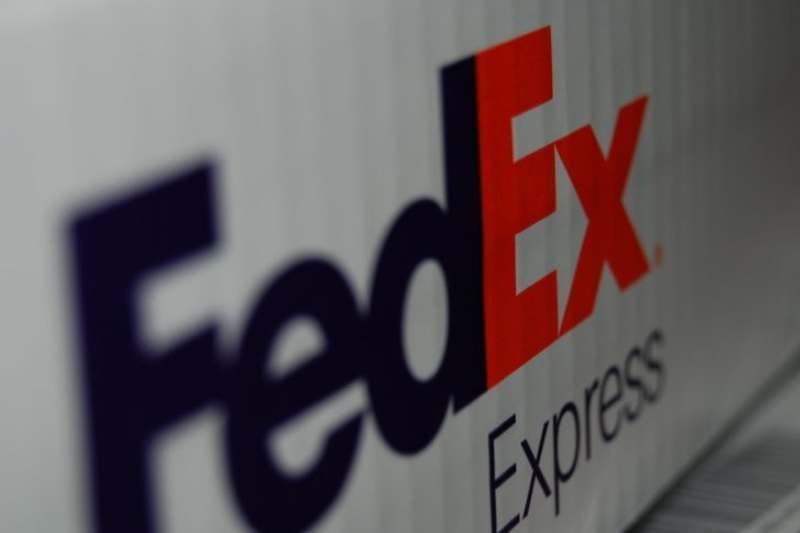
FedEx has officially wrapped up its fiscal year 2025 with a strong performance in the fourth quarter. The company surprised Wall Street with better-than-expected earnings per share (EPS), fueled by cost-cutting efforts and increased operational efficiency.
But despite this solid finish, investors weren’t entirely impressed. Shares of FedEx took a noticeable hit in after-hours trading, reacting sharply to the company’s weaker-than-anticipated guidance for the upcoming fiscal year.
Let’s break down what happened, why the market reacted the way it did, and what lies ahead for the shipping giant.
In Q4 FY25, FedEx reported the following:
Revenue: $22.2 billion
Adjusted EPS: $6.07
GAAP EPS: $6.88
Analysts had expected EPS to land around $5.87 to $5.96, so the company’s performance beat estimates. Revenue, while modestly up by 1–2% year over year, still managed to come in ahead of forecasts.
The main driver behind this earnings beat? A relentless focus on cost reduction.
FedEx has been aggressively restructuring through its DRIVE program, aiming to make operations leaner and more efficient. In FY25, the company hit its $2.2 billion DRIVE savings target and reported total structural cost savings of $4 billion over the past two years.
In addition, capital expenditures were reduced to $4.1 billion, the lowest percentage of revenue in over a decade (just 4.6%).
According to CEO Raj Subramaniam, this strong finish reflects the team’s commitment to “delivering outstanding service while managing costs with discipline.”
The company also returned $4.3 billion to shareholders through share buybacks and dividends—another factor that typically cheers investors.
Despite these positives, FedEx stock dropped 5–6% in after-hours trading. Why?
It’s all about the outlook.
The company’s guidance for Q1 FY26 and beyond was cautious:
Q1 FY26 Adjusted EPS: $3.40–$4.00 (vs. ~$4.05 expected by analysts)
Q1 FY26 Revenue Growth: Flat to 2%
FY26 CapEx: Projected to rise slightly to $4.5 billion
This lukewarm forecast spooked investors who had hoped the strong Q4 would carry into FY26.
FedEx faces several headwinds in the near term:
Global trade concerns, including tensions with China and tariff changes, are affecting cross-border shipments
Consumer and industrial demand remains soft in many key markets
E-commerce growth has slowed post-pandemic, putting pressure on volume growth
The USPS contract expiration adds another layer of uncertainty
Put together, these factors explain why FedEx is being cautious with its FY26 projections.
FedEx is also preparing to spin off its FedEx Freight segment by June 2026. The goal? Let each division focus more sharply on its core strengths.
Meanwhile, the company continues rolling out Network 2.0, a long-term strategy to simplify and unify its delivery systems. These efforts are expected to unlock another $1 billion in permanent cost savings starting FY26.
This transformation could eventually position FedEx for sustainable growth—but it may take time for the benefits to reflect in quarterly numbers.
If you're a FedEx investor, here’s what you need to consider:
The company is delivering on cost savings and showing discipline
Despite soft top-line growth, bottom-line performance remains strong
The weak guidance reflects caution, not crisis
Long-term initiatives like Network 2.0 and the freight spin-off could be value creators—but patience is required
Short-term traders might be spooked, but long-term investors may view this dip as a buying opportunity, especially if the transformation continues to deliver.
FedEx ended FY25 on a high note with solid earnings, impressive cost savings, and disciplined capital management. However, the cautious tone for FY26 rattled markets, leading to a decline in share price.
Still, the company’s long-term strategy appears intact. If FedEx can navigate current macro challenges and execute its transformation plan, it could emerge leaner, more agile, and better positioned for future growth.
For now, Wall Street waits—and watches closely.